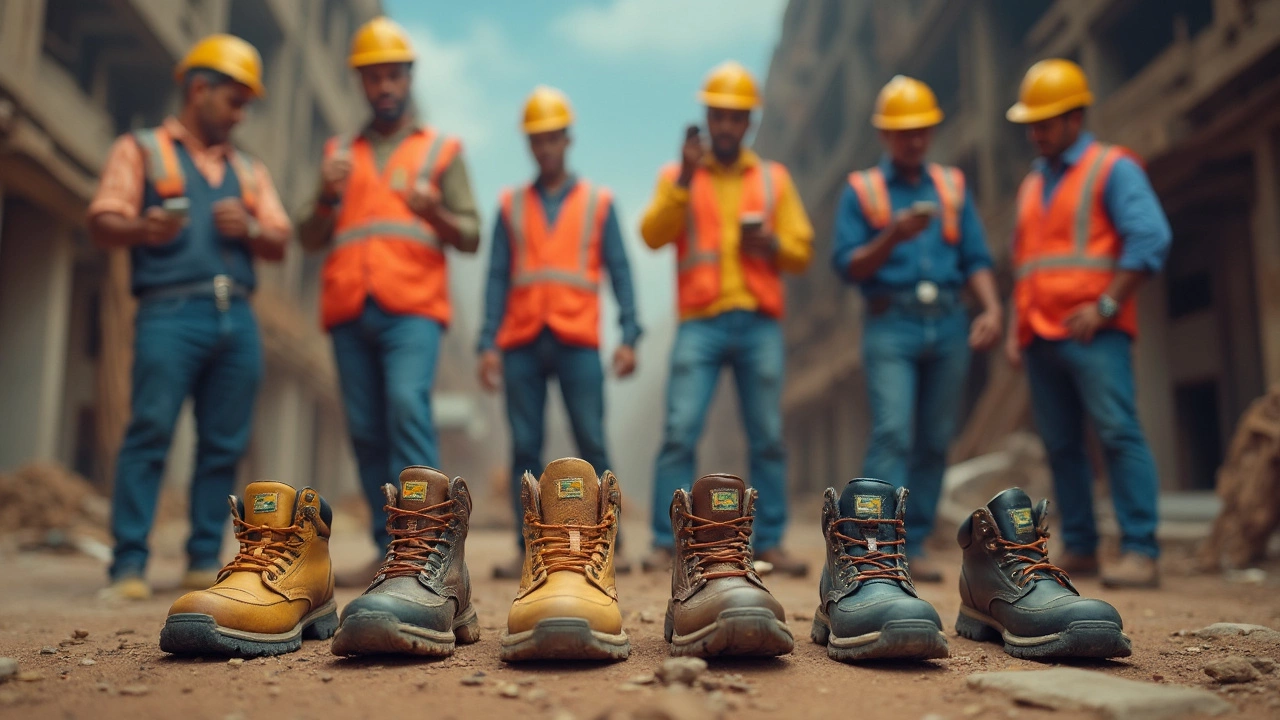PPE Essentials: How to Choose, Use, and Care for Your Safety Gear
When you step onto a worksite, the first thing you want is to stay safe. That’s where PPE – personal protective equipment – comes in. It’s the gear that stops injuries before they happen, whether you’re handling chemicals, climbing a ladder, or just moving heavy boxes. In this guide we’ll break down the basics, show you how to pick the right pieces, and share simple tricks to keep everything in top shape.
Common Types of PPE
Most jobs need a mix of equipment. Here are the most common categories:
Head protection: Hard hats shield you from falling objects and bump‑ins. Look for a sturdy shell, a comfortable suspension system, and a clear color‑code if your site uses it.
Eye and face protection: Safety glasses, goggles, and face shields guard against sparks, dust, and liquid splashes. Choose lenses that are anti‑fog and meet the relevant safety standard for your industry.
Hearing protection: Earplugs and earmuffs reduce noise that can damage hearing over time. If you’re in a loud environment, make sure the protection fits snugly and offers the right decibel reduction.
Respiratory protection: Masks or respirators filter out dust, fumes, or gases. Pick a model that matches the hazard – a simple dust mask for construction, a full‑face respirator for chemical work.
Hand protection: Gloves come in many styles – cut‑resistant, heat‑resistant, chemical‑proof, or just a sturdy work glove. The key is a good fit; too loose and you lose dexterity, too tight and you lose comfort.
Foot protection: Steel‑toe boots prevent injuries from heavy items and provide slip resistance. If you work on wet surfaces, look for waterproof options.
Tips to Keep Your PPE Effective
Buying good gear is only half the battle. Proper care makes sure it works when you need it most.
1. Inspect before each use. Look for cracks, broken straps, or clouded lenses. If anything looks off, replace it – a small flaw can turn a safety device into a hazard.
2. Clean regularly. Dust and grime can weaken materials. Follow the manufacturer’s cleaning instructions – usually a mild soap and water rinse, then air‑dry.
3. Store properly. Keep gear in a dry, ventilated area away from direct sunlight. Hang hard hats on hooks, lay gloves flat, and keep respirators in their original case.
4. Fit checks are a must. Even the toughest helmet won’t protect if it’s the wrong size. Adjust straps, test range of motion, and make sure you can work comfortably.
5. Replace on schedule. Materials degrade over time. Follow the recommended lifespan – for example, replace disposable gloves after each shift and change worn‑out earplugs every few months.
At Arman Fashion Line we blend style with safety. Our PPE collection includes sleek, breathable work shirts, reinforced trousers, and sturdy shoes that meet Indian safety standards without looking like bulkier industrial gear. Whether you need a single item or a full outfit, you can count on quality stitching and comfortable fits.
So next time you gear up, remember: the right PPE protects you, saves money, and lets you focus on the job. Pick the right pieces, keep them clean, and check them often – safety is as much about habit as it is about equipment.

